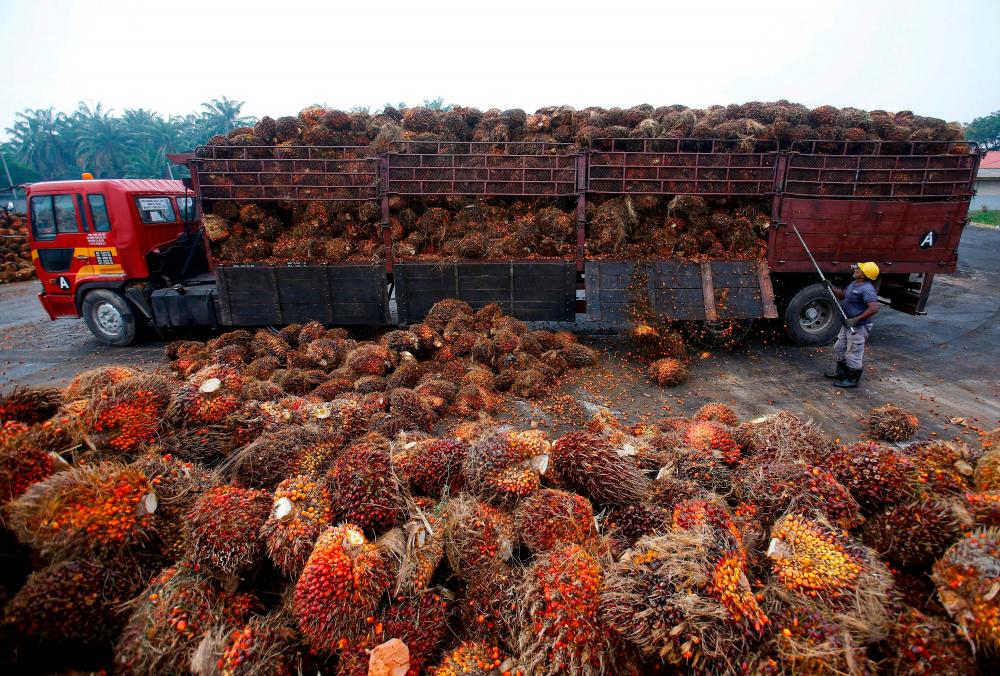KUALA LUMPUR: The digitalisation of the plantation industry, particularly the oil palm sector, can help farmers improve their efficiency and productivity through digital solution initiatives for any constraints and problems they encounter.
Senior Director II, Technology Vertical, the Industry Development Sector of the Malaysian Communications and Multimedia Commission (MCMC), Muhammad Lofty Abd Karim, said the initiatives could also help reduce operating and labour costs.
“Cost reduction can be achieved, for example, by using only the amount of fertiliser that trees need, planning maintenance and fruit harvesting, and optimising the use of the labour force.
“In addition, digital solutions can also help oil palm farmers improve their sustainability practices, environmental and social performance, as well as governance,” he said when appearing as a guest on Bernama TV’s Ruang Bicara programme last night.
However, Muhammad Lofty said the real challenge to digitising the entire value chain of the sector is connectivity under the palm fronds, given the plant’s nature of absorbing radiation and telecommunication signals.
“This makes connecting to the devices under the oil palm trees difficult, thus impeding the process of digitising the oil palm or plantation industry. In addition, oil palm plantations are located far from densely populated areas.
“Therefore, MCMC and the Malaysian Palm Oil Board (MPOB) are working together to specifically address this issue,“ he said, adding that other challenges facing the palm oil industry at the moment include labour shortages, climate change, and increased competition.
Muhammad Lofty said that in addition to aquaculture and vegetable and fruit cultivation, the oil palm industry is one of three segments included in the Smart Agriculture Programme (SAP) by MCMC, which aims to promote digital adaptation in selected agricultural sectors.
He said SAP is aimed at addressing issues that hinder the adoption of technology and matching various new agricultural technologies to increase productivity and yield.
Meanwhile, Prof Dr Anjas Asmara Samsudin from the Faculty of Agriculture, Universiti Putra Malaysia (UPM) recommended livestock industry players switch to digitalisation technology to avoid large-scale losses in the future.
He said digitalisation for the sector involves three primary components, namely biometric sensors, the use of big data, and blockchain technology to help improve the breeding process.
For instance, he said that biometric sensors will provide information on animal health, including body temperatures and behavioural patterns.
“An increase in temperature serves as an indication of an issue, be it disease symptoms among the livestock or a malfunctioning logistical component like the air conditioner.
“The biometric sensor will provide data to the cloud system, which will subsequently utilise big data and a statistical algorithm to furnish the breeder with input.
“This is to ensure that farmers are able to anticipate potential dangers and make predictions if their livestock exhibits any behavioural changes. Breeders can then formulate their next course of action,” he said. - Bernama









